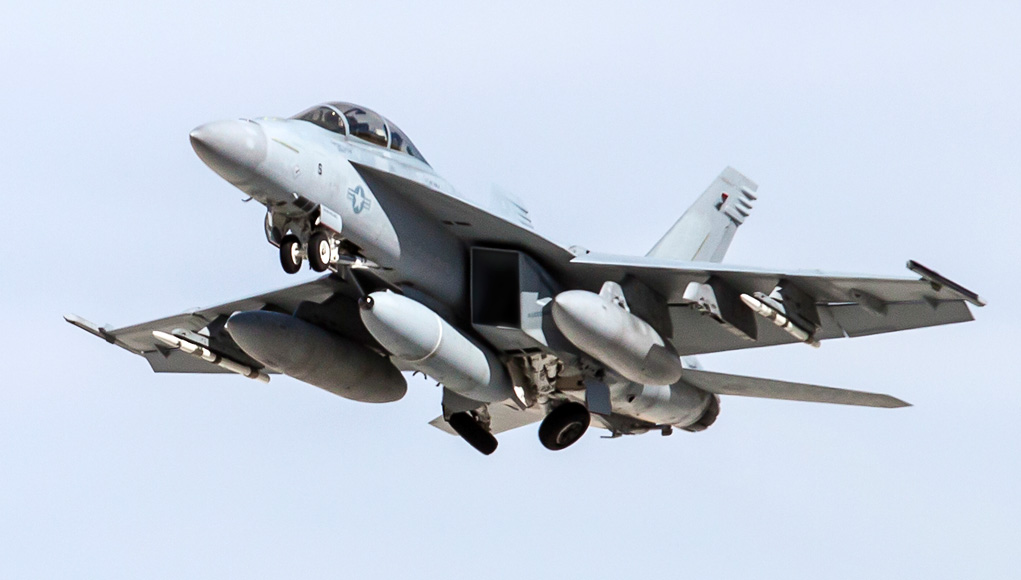
The US Navy awarded the Boeing company a $152 million contract to complete the design, development, integration, and testing of the Infra-Red Search Track (IRST) system for the F/A-18E/F Block III aircraft, the latest variant of the Super Hornet. The new Block II IRST will replace the Block I system which did not meet the Navy’s requirements. Development and testing are expected to conclude in 2012, in time for expected Super Hornet Block III deliveries. The first part of this program was an $89 million order awarded in June 2017.
The IRST will enable the Navy fighters to target adversaries beyond visual and radar range, and enhance survivability in radar denied environment, operate against existing and emerging air threats.
IRST relies on the thermal signature emitted by the target, tracked from a very long distance. While these tracks are affected by clouds and humidity, the high sensitivity of the Long Wave sensors is optimized for operations even under adverse visibility conditions. The Navy intends to produce a total of 170 IRST systems, produce 152 new Block II systems and retrofit 18 Block I systems currently used for testing.
The IRST consists of a passive long-wave infrared (LWIR) receiver, a signal processor, inertial measurement unit and environmental control unit packed into a section of a fuel tank attached to the belly of the Super Hornet. The Block I IRST of this type used components from the F-15K/SG which are based on the system first used with the F-14A Tomcat since the 1980s. At the time those systems were used to augment the radar and enable the Navy fighters to better identify targets and engage them at extended range. An improved version of the original system is designed as a long-range counter-stealth sensor.
The IRST will be part of an avionics upgrade that will prepare the Super Hornet to fight modern adversaries. Other elements of that upgrade include the Distributed Targeting Processor – Networked computer (DTP-N), a new, powerful processor that will increase the capability to process multiple tracks, from on board and remote sources, in real time. Remote tracks will be delivered over a new, high speed data link known as the Tactical Targeting Network Technology (TTNT), that enable several Super Hornets flying a loose formation to share many tracks picked by their IRSTs, to passively ‘fix’, geolocate, and determine the range and heading of each target, just like a radar – something a single IRST cannot do.
from Defense Update: https://ift.tt/2Pk2VSZ
via Defense News

No comments: